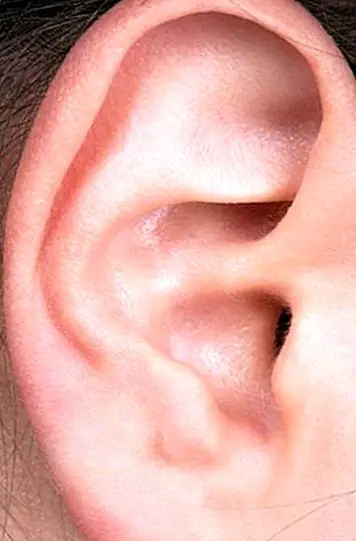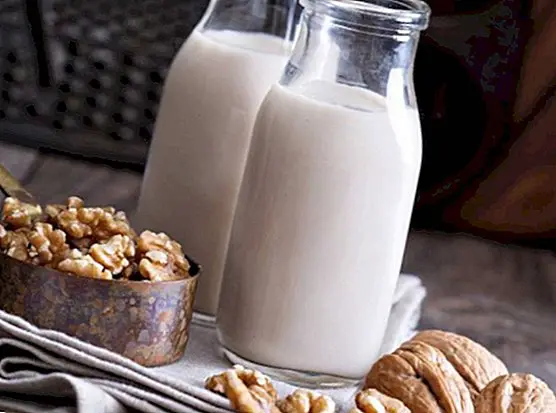Banana and banana: differences
Both are fruits that are often confused, since at first glance they look like the same fruit. However, both the banana Like the banana, they have different characteristics that make them different fruits, although apparently similar.
In Spain, this fruit is traditionally known as plantain, although in other countries such as Mexico, it is common for the term banana to be applied generally to the crop whose fruit is eaten fresh, and the bananas eaten cooked ( fried, boiled, baked or roasted).
The differences lie above all in their origin and in different morphological characteristics. And it is that although it is true that the banana comes from acuminate genome, the banana comes from balbisiana gender, and both belong to the Musaceae family.
Banana and banana: similar characteristics
Among the similar characteristics found between banana and banana, from a nutritional point of view both have a high content of carbohydrates and potassium. The banana contains a higher content of fiber, protein, potassium and phosphorus.
Nutritional differences between banana and banana
Banana | Banana | ||
Energetic value | 96.4 kcal | Energetic value | 110.5 kcal |
Carbohydrates | 22.5 | Carbohydrates | 26.2 |
Proteins | 1.7 | Proteins | 1.2 |
Fiber | 2.5 | Fiber | 2.3 |
Potassium | 490 mg | Potassium | 434 mg |
Calcium | 7.8 mg | Calcium | 12.5 mg |
Magnesium | 38.5 mg | Magnesium | 41.5 mg |
Match | 59.1 mg | Fiber | 38.7 mg |
Iron | 0.3 mg | Iron | 0.9 mg |
Copper | 0.1 mg | Copper | 0.3 mg |
Zinc | 0.2 mg | Proteins | 0.3 mg |
Manganese | 0.1 mg | Fiber | 0.7 mg |
Potassium | 490 mg | Potassium | 434 mg |
Vitamin C | 17.5 mg | Vitamin C | 18.7 mg |

Morphological differences between banana and banana
Banana | Banana | ||
Weight | 135.5 g | Weight | 237 g |
Length | 15.7 cm | Length | 20 cm |
Shape | Curve | Shape | Straight |

Image | Flickr This article is published for informational purposes only. You can not and should not replace the consultation with a Nutritionist. We advise you to consult your trusted Nutritionist.



